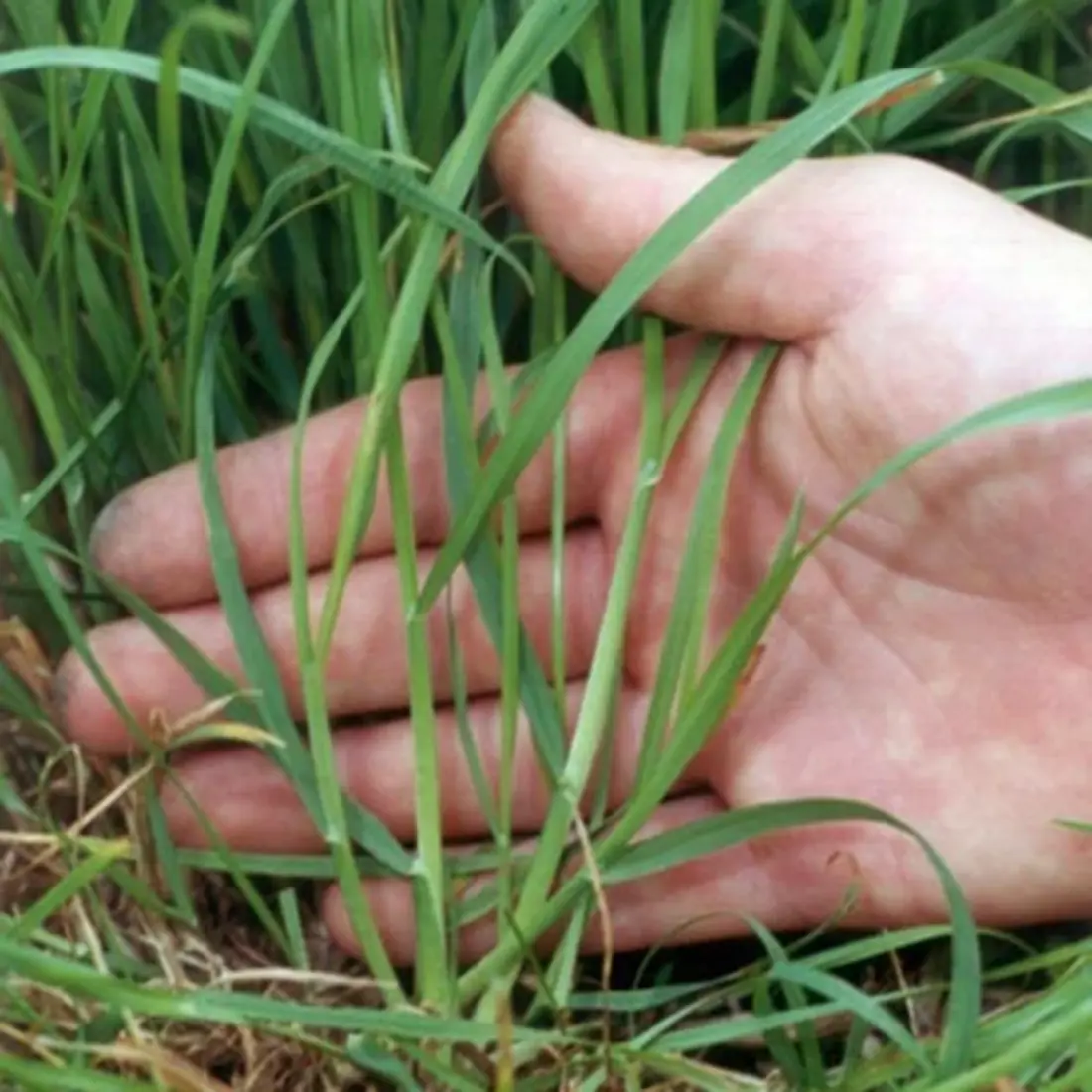Cocksfoot
1 min read
Cocksfoot is a resilient pasture grass, ideal for dry conditions and resistant to many pests. Though its feed value is typically lower than ryegrass, it supports summer growth in dairy pasture mixes, especially in drought-prone areas. Some new breeds are easier to manage. Its dry matter yield is on par with ryegrass, though it grows better in the summer and less in the cooler seasons. Watch out for pests, but generally, it can handle them better than other grasses.
Cocksfoot is the most persistent pasture grass, and is tolerant of dry conditions and most insects, but typically lower in feed value than ryegrass.

It is most commonly used as a minor component of dairy pasture mixes in summer dry areas, sown at 2-3 kg/ha, to help summer growth. Newer fine leaved cultivars have been bred which are easier to manage in a pasture.
The total DM yields from cocksfoot can be similar to perennial ryegrass. It has significantly less cool season growth than perennial ryegrass, but its summer growth is good, and can be better than ryegrass in dry conditions.
Cocksfoot is generally very tolerant of pests, including grass grub.
Older cultivars can dominate pastures, reducing clover levels and digestibility.
Lower digestibility than other grasses. Good grazing management is required to keep palatability but overall it has a lower feed quality than ryegrass.
Cocksfoot is grazed at the 4-5 leaf stage of regrowth to maintain quality.
Useful for persistence of permanent pastures in summer dry areas.
Limited winter growth but good dry matter yields possible through summer.
Now’s the perfect time to check in, plan, and set up for a strong season. We’ve pulled together smart tips and tools to help you stay ahead all winter long.
Whether you prefer to read, listen, or download handy guides, we’ve got you covered with trusted tools to support your journey every step of the way.
Put our proven strategies and seasonal tools to work. Boost production, support animal health and watch your profits hum.
Tools that are backed by science, shaped by farmers and made for this season.
That’s Summer Smarts.